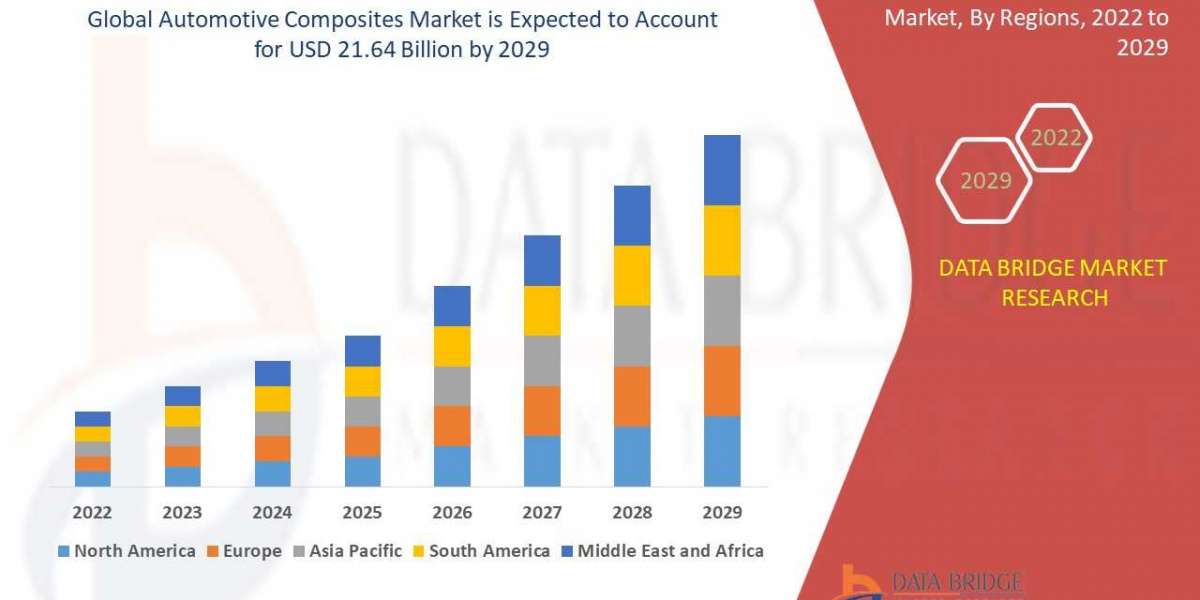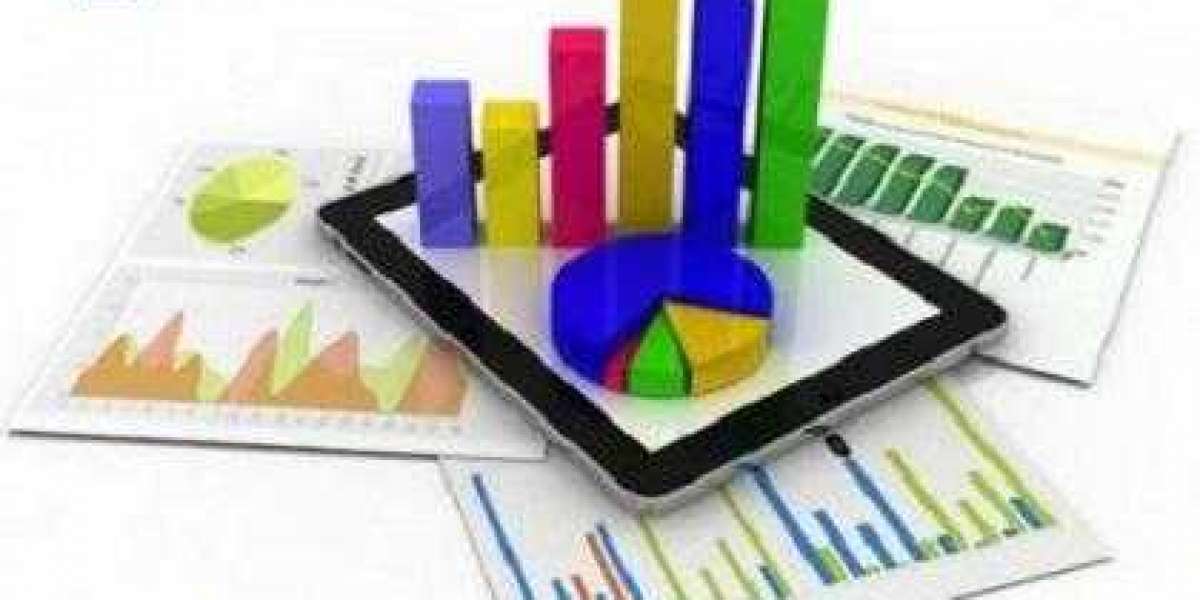The Digital Twin market has emerged as a transformative force, revolutionizing various industries through its innovative approach to replicating physical entities in the digital realm. A Digital Twin is a virtual representation of a real-world object or system, connected through the Internet of Things (IoT) and equipped with real-time data monitoring capabilities. This technology enables organizations to gain unprecedented insights into their operations, optimize performance, and drive efficiency.
One of the primary drivers behind the Digital Twin market's rapid growth is its ability to enhance decision-making processes across industries. By creating a virtual counterpart of physical assets such as machinery, buildings, or entire systems, organizations can simulate and analyze different scenarios in a risk-free environment. This allows for predictive maintenance, reducing downtime and increasing the lifespan of critical assets.
In manufacturing, Digital Twins are playing a pivotal role in streamlining production processes. By mirroring the entire production line, manufacturers can identify inefficiencies, test new strategies, and optimize workflows. This not only results in cost savings but also ensures a more agile response to market demands. The ability to monitor equipment health in real time also enables proactive maintenance, preventing costly breakdowns.
The Digital Twin concept extends beyond manufacturing and into fields such as healthcare, where patient-specific Digital Twins are used for personalized medicine and treatment plans. In urban planning, city planners can create Digital Twins of entire cities to optimize infrastructure, transportation, and energy consumption. This facilitates smarter, more sustainable urban development.
Moreover, the Digital Twin market is experiencing rapid expansion in the realm of Internet of Things (IoT). As more devices become interconnected, the demand for comprehensive Digital Twins to manage and analyze this complex network is on the rise. The integration of Artificial Intelligence (AI) and Machine Learning (ML) further enhances the capabilities of Digital Twins by enabling them to learn and adapt based on real-time data.
Security and privacy concerns remain challenges for the Digital Twin market. As these virtual replicas become more intricate and interconnected, safeguarding sensitive data and ensuring the resilience of Digital Twin ecosystems become paramount.
In conclusion, the Digital Twin market is at the forefront of technological innovation, offering unprecedented opportunities for industries to optimize their operations, enhance decision-making, and achieve new levels of efficiency. As the technology continues to mature, its applications will likely expand, driving further advancements in various sectors and solidifying its position as a key driver of the fourth industrial revolution.














